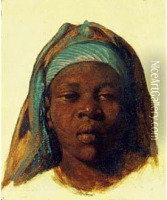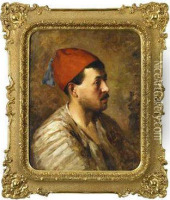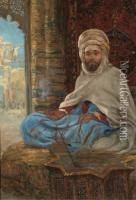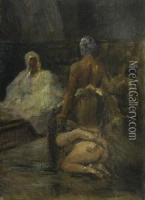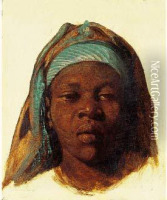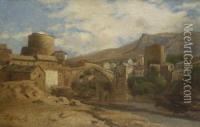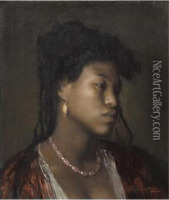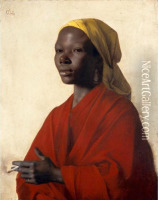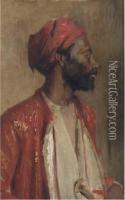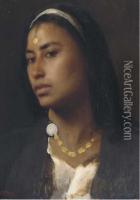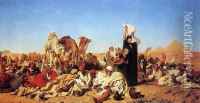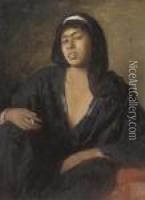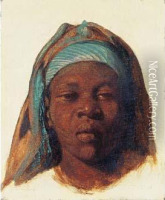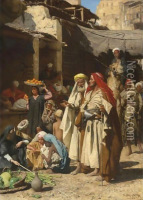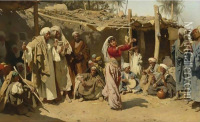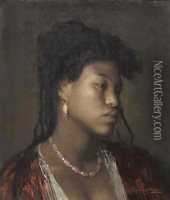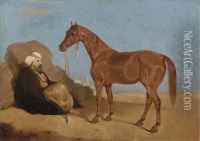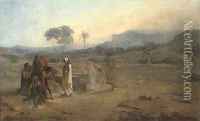Leopold Carl Muller Paintings
Leopold Carl Müller was an Austrian painter known for his Orientalist themes. He was born on December 9, 1834, in Vienna, Austria, and became one of the most prominent representatives of Orientalism in Austrian art. Müller studied at the Academy of Fine Arts Vienna under the guidance of influential artists such as Christian Ruben and Leopold Kupelwieser. His early work focused on scenes from Austrian life and history, but his focus shifted after his travels to the Near East.
In 1860, Müller visited Egypt for the first time, a trip that had a profound impact on his artistic direction. Captivated by the landscape, culture, and people of the region, he began to specialize in Orientalist scenes, which became the most celebrated aspect of his oeuvre. Müller's paintings were noted for their detailed and accurate depictions of Eastern life, a result of his extensive travels and observations in Egypt and other parts of the Ottoman Empire.
Müller returned to Vienna in between his travels and became a professor at the Vienna Academy in 1876. His teaching role did not diminish his passion for painting, and he continued to produce works that reflected his fascination with the East. His style was characterized by a realistic approach, intricate detail, and a warm, vibrant palette, which conveyed the heat and light of the Eastern sun.
Throughout his career, Müller exhibited his works in various important exhibitions, gaining recognition and acclaim. His paintings appealed to European audiences who were intrigued by the exoticism of the East. However, Müller's work was not just about creating an illusion of the exotic; his paintings also showed a genuine interest in and respect for the cultures he portrayed.
Leopold Carl Müller passed away on August 4, 1892, in Weidlingau, near Vienna. Today, his works are held in many prestigious collections and museums, and he is remembered as a key figure in the Orientalist art movement, which sought to capture the essence of Eastern cultures during a time when the West was increasingly fascinated by these foreign lands.
